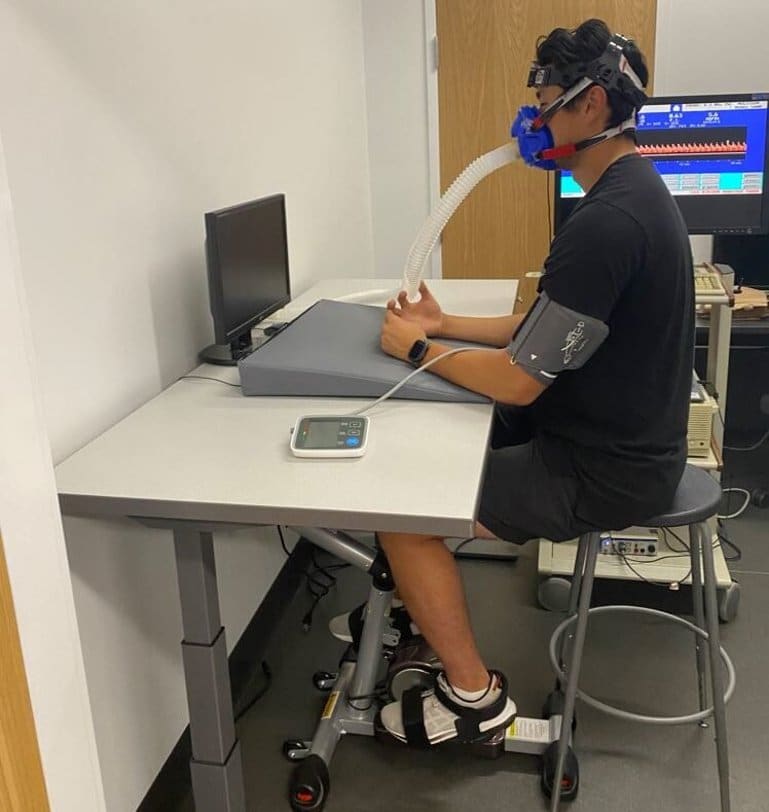
They found an improvement in executive function of the same magnitude for both the passive and the active exercise conditions, without an increase in heart rate or diastolic blood pressure.
Previous research has documented that active exercise, where a person activates their muscles of their own volition, can increase blood flow to the brain and improve executive function.Passive exercise also increases blood flow to the brain, but this is significantly less documented. .
This increase in cerebral blood flow, while significantly less than with active exercise, produced executive function improvements of a similar magnitude—an exciting result for the researchers.
If done regularly, the increase in blood flow to the brain and resultant improvement in executive function will, optimistically, become a compounding effect that has a significant impact on cognitive health and executive function,” Heath explained.
“Passive exercise increases cerebral blood flow velocity and supports a postexercise executive function benefit” by Mustafa Shirzad et al.
Passive exercise increases cerebral blood flow velocity and supports a postexercise executive function benefit.Literature has shown that a single-bout of exercise involving volitional muscle activation (i.e., active exercise) improves executive function and that an increase in cerebral blood flow (CBF) may contribute to this benefit
In a main experiment participants (n = 28) completed the same exercise and control conditions and transcranial Doppler ultrasound showed that active and passive exercise (but not the control condition) increased CBF through the middle cerebral artery (ps <.001); albeit the magnitude was less during passive exerciseNotably, antisaccade reaction times prior to and immediately after each condition showed that active (p < .001) and passive (p = .034) exercise improved an oculomotor-based measure of executive function, whereas no benefit was observed in the control condition (p = .85)Accordingly, results evince that passive exercise ‘boosts’ an oculomotor-based measure of executive function and supports convergent evidence that increased CBF mediates this benefit